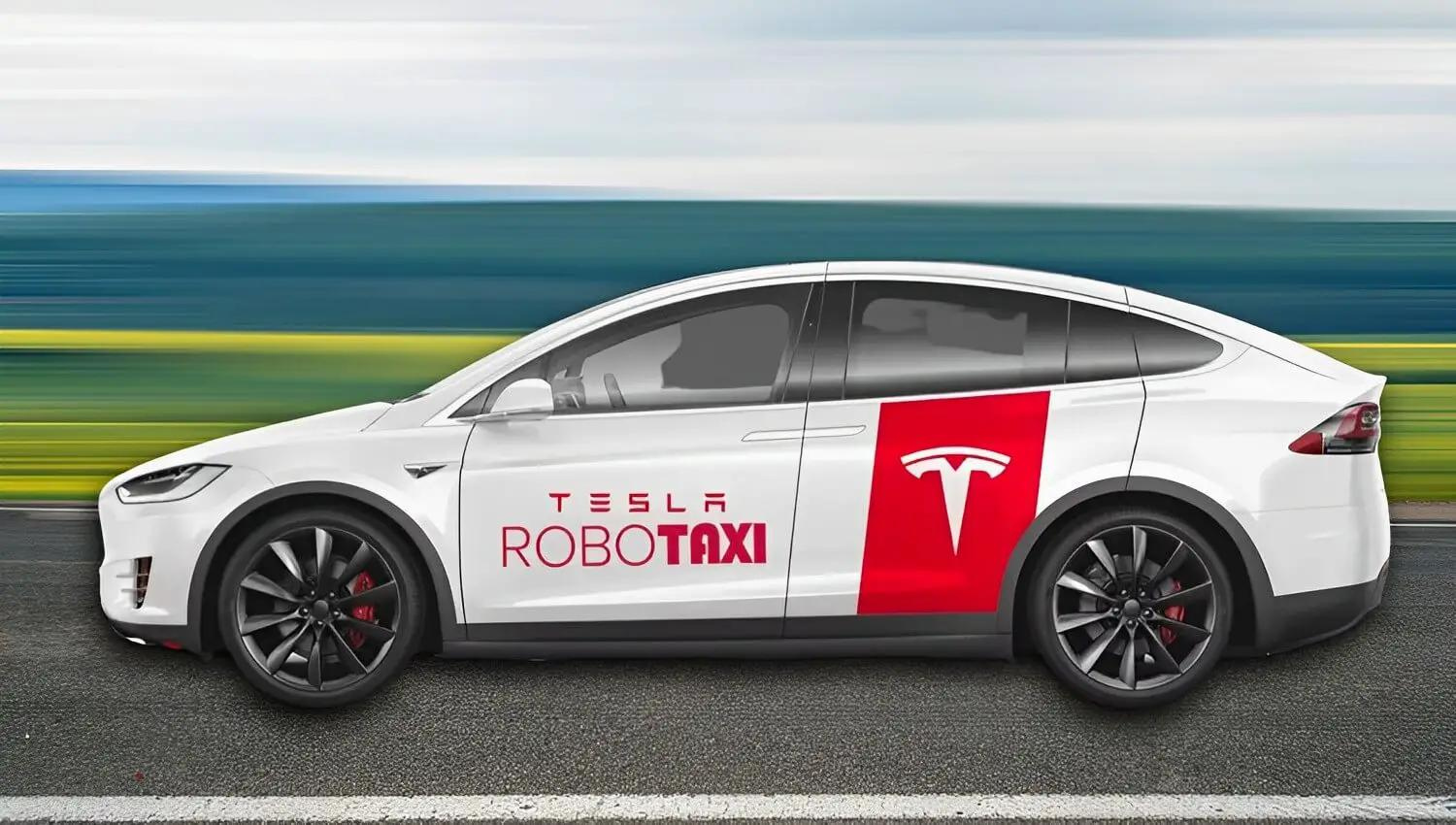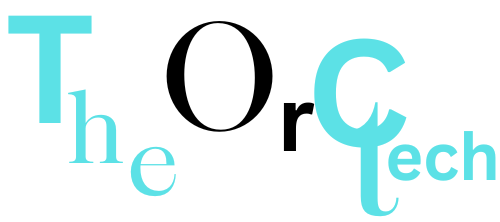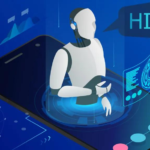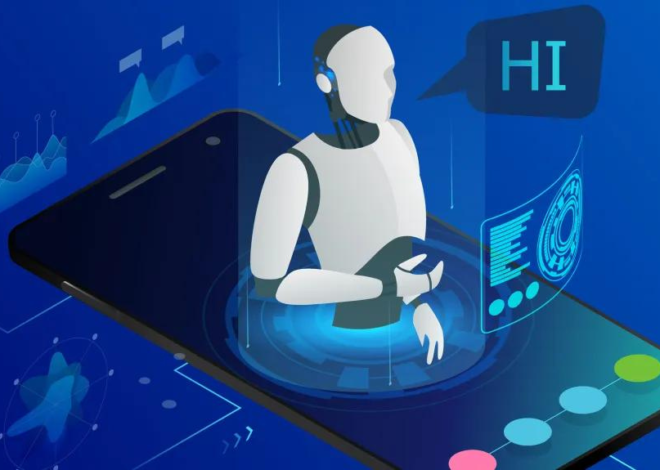
How robotaxis are dividing San Francisco
As the cab draws near, a subtle flutter of excitement grips me. This is an image I thought I’d never witness in my lifetime. A driverless cab, an embodiment of cutting-edge technology, halts gracefully before me. Promptly, it beckons me to unlock its door using my phone, ready to whisk me away into the enigmatic night.
- Safety vs. Progress: Divided Opinions
- Regulatory Shift: Robotaxis’ Extended Hours
- Concerns Voiced: Livelihoods and Safety
- Safety in Question
- Inclusion Concern: Disabled Citizens
- Navigating Realities: Personal Perspectives
- Transition Struggles: Injuries and Public Backlash
- Safety Claims vs. Skepticism: Conflicting Narratives
- Community Protests: Rise of Safe Street Rebel
- Innovation Vs Public Support: San Francisco’s Challenge
However, just as I’m about to step into this futuristic marvel, a passerby engages me in conversation. His voice carries a tone of caution, warning me about the perceived perils of these autonomous robotaxis. He recounts an almost disastrous incident he witnessed, where someone narrowly escaped being run over by one of these vehicles. He speaks on behalf of a faction in San Francisco that vehemently opposes the influx of robotaxis, believing it to be a perilous experiment that endangers lives.
Safety vs. Progress: Divided Opinions
As the passersby raised their concerns, a growing sentiment was expressed in the city. Safe Street Rebel, a campaign group, has even taken matters into its own hands. Through viral videos, this unique protest called “coning,” involves placing traffic cones on the robotaxis’ hoods. In spite of these actions, city officials remain steadfast in their decision to allow these vehicles on the streets, sparking a contentious debate.

Regulatory Shift: Robotaxis’ Extended Hours
A pivotal decision was made by the California Public Utilities Commission (CPUC) on August 10, 2023. They gave permission to two taxi companies, Waymo and Cruise, to operate driverless taxis around the clock. The previous restrictions restricted these companies to providing paid rides only during the night. Officials listened to public comments for six hours before making this decision, revealing both hopes and concerns.
You May Also Read “Will Robots Take Over The World One Day?“
Concerns Voiced: Livelihoods and Safety
Uber, Careem, and Lyft drivers voiced their fears of losing their livelihoods, concerned that the expansion of robotaxis would erode job opportunities. Their emotional plea was heartfelt, like Rosine, a single mother and an Uber driver, who implored against this change. Representatives from the garbage disposal sector and the fire service also presented their grievances. They detailed how the driverless cars frequently malfunctioned, obstructing their operations and posing risks to public safety.
Safety in Question
In this clash of opinions, some remained steadfast in their skepticism. Matthew Sutter, a seasoned cab driver in San Francisco, argued that while he embraced technology, it wasn’t yet primed for the roads. He voiced concerns for the well-being of citizens. However, there were those who supported the robotaxis. An orthopedic surgeon, George Janku, commended their behavior and expressed more trust in their driving compared to human counterparts.
Inclusion Concern: Disabled Citizens
Advocates for disabled citizens raised their voices during the debate. The Paratransit Coordinating Council’s Mara Math pointed out the potential exclusion of disabled individuals in the embrace of robotaxis. Their worries were justified, as the absence of a human driver could make accessibility a challenge.
Navigating Realities: Personal Perspectives
Reflecting on personal experiences, I too have traversed this spectrum of opinions. I’ve ridden in Cruise’s robotaxis on multiple occasions without incident. Yet, I’ve also encountered a situation where a robotaxi came to a halt in confusion, obstructing the flow of traffic. This incident revealed the growing pains of this technology.
You May Also Read “Constructing Intelligence: The Role Of AI In Construction“
Transition Struggles: Injuries and Public Backlash
Merely eight days after the expansion decision, a Cruise taxi was entangled in a collision with a fire engine. This prompted the state’s Department of Motor Vehicles to urge Cruise to halve its fleet, a concession the company accepted. Amidst this turmoil, San Francisco’s Attorney, David Chiu, beseeched the CPUC to reconsider, citing potential harm to the city.
Safety Claims vs. Skepticism: Conflicting Narratives
In response to the mounting concerns, Waymo and Cruise staunchly defended the safety of their robotaxis. Waymo boasted a track record of over two million accident-free miles of fully autonomous driving. They attributed every collision to other drivers’ negligence. Cruise, equally confident, highlighted three million driverless miles with a strong safety record.
Community Protests: Rise of Safe Street Rebel
Despite these assurances, skepticism still runs deep in San Francisco. In a tranquil city park, I encountered a key figure in the Safe Street Rebel movement, an individual who chose anonymity. They view their “coning” protests as a voice against artificial intelligence and foresee similar actions gaining momentum. Their frustration stems from a perception that the city’s concerns aren’t being acknowledged.
Innovation Vs Public Support: San Francisco’s Challenge
San Francisco finds itself at a crossroads a city eager to lead in innovation but struggling to carry its residents along. While the car companies vouch for their safety, winning the public’s trust remains a challenge. The clash of opinions epitomizes a dilemma where technology’s promise meets skepticism and concerns overtake enthusiasm.












